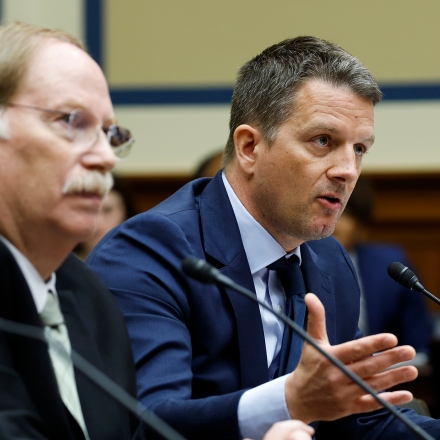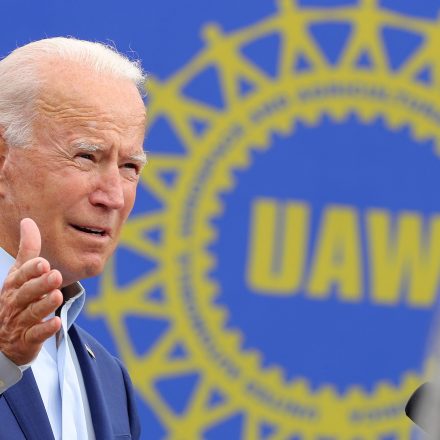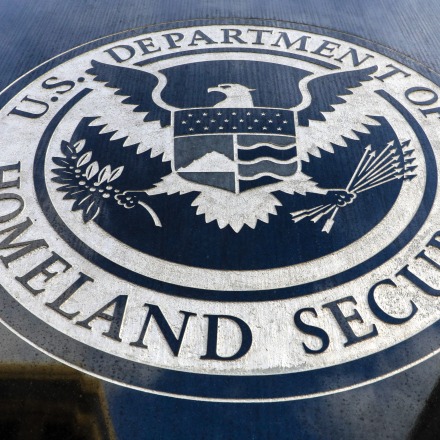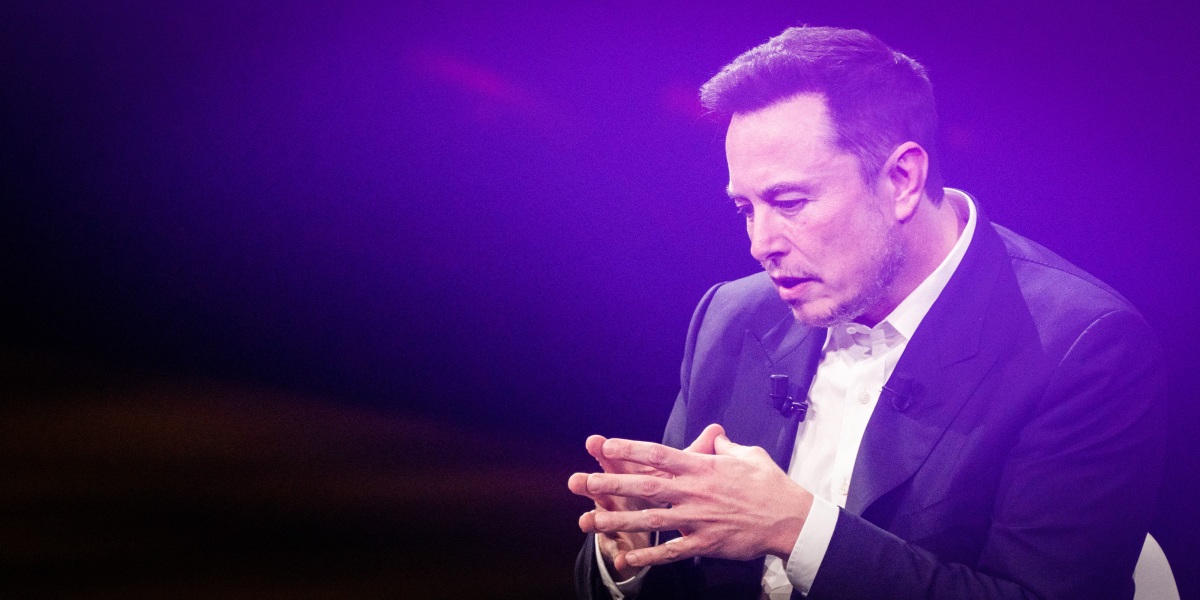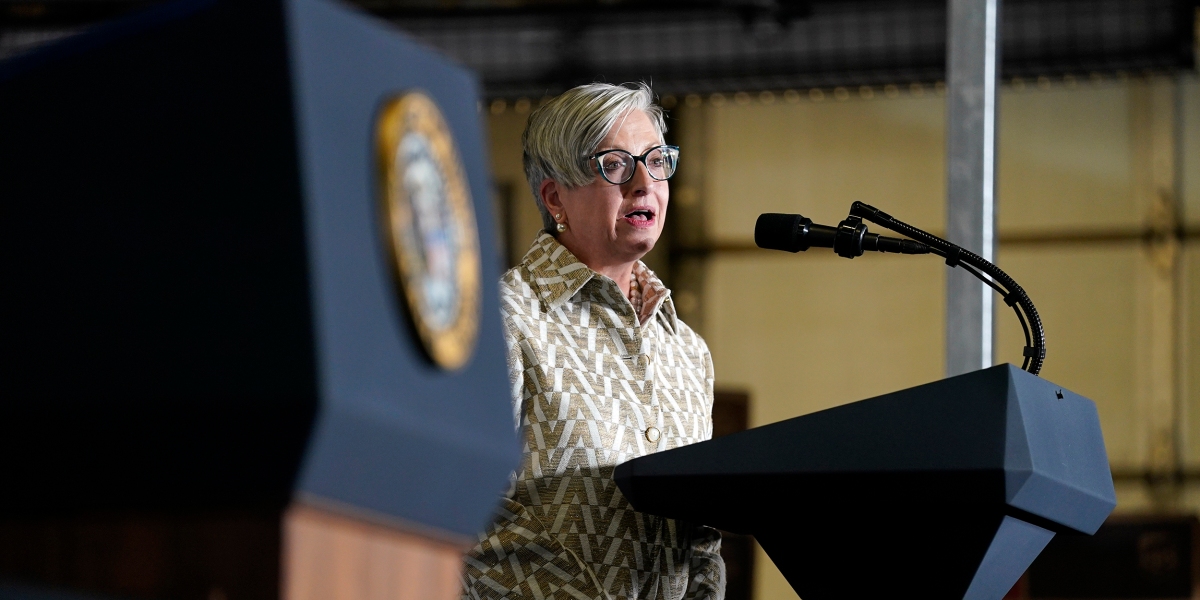Steve Milloy, a longtime lobbyist for polluting industries from tobacco to coal to oil and gas, is back in the news thanks to the wildfire smoke that recently blanketed the U.S. East Coast. Milloy appeared on Fox News to tell people that there are “no negative health impacts” from breathing in wildfire smoke. It’s the latest salvo in a war he’s been waging against air pollution regulation since the 1980s.
For industry operatives like Milloy, air pollution, especially the regulation of particulate matter, has long been a greater concern than climate policy. Regulations on PM2.5 — fine inhalable particles generally smaller than 2.5 micrometers in diameter — would require many of the same reductions in the combustion of fossil fuels that climate policy would, but without any of the politicization that has obstructed climate action for decades. It’s never been easy for politicians to publicly fight against clean air and water, and it’s doubly hard when the country’s largest city is wrapped in smoke. So Milloy took to the conservative airways to dismiss concerns about wildfire smoke, which peer-reviewed public health research has linked to higher rates of heart attacks, strokes, and emergency respiratory and immune responses.
That research means little to Milloy, who claims that the peer-review process is biased against corporate interests. Although he has a degree in biostatistics from Johns Hopkins, Milloy is not, even by his own account, a medical expert. Nor is he an epidemiologist. But while it might be easy to dismiss him, Milloy has a knack for accessing power and attention. His recent media tour is a good predictor of where we’re likely to see conservatives headed should they regain control of the government in 2024. Spoiler alert: He’d like to see the Environmental Protection Agency go away.
In early 2020, Milloy was basking in the glory of multiple wins under President Donald Trump, posting pictures with his pals inside the EPA and bragging about “eating the greens’ lunch.”
Trump’s EPA declined to tighten air pollution standards, rolled back mercury regulations, and disbanded the Particulate Matter Review Panel, or as Milloy put it: “blowing out that particulate matter sub-panel, another huge win.” Plus he finally got to introduce an idea he’d been trying to get into the EPA regulatory framework since the 1990s: the so-called secret science proposal. It would lend more weight to studies that make data available to the government and other researchers, which sounds good but would have the effect of discrediting most epidemiological studies because they include human test subjects and are subject to privacy laws. “I’ve got huge wins under my belt,” Milloy told me in a 2020 interview. “It’s been tremendously satisfying for me.”
That’s a lot of policy shifts coming from someone whose ideas have often been considered fringe by his fellow conservatives. As the Covid-19 pandemic hit, Milloy called public health officials “COVID creeps” and likened quarantine to communism. He criticizes oil companies for pandering to climate activists, whom he calls “bedwetters” or “watermelons”: green on the outside but “red” on the inside. In a 2017 presentation at the annual Heartland Institute climate conference, he compared the EPA to Auschwitz doctor Josef Mengele.
But the Trump EPA normalized a lot of previously fringe ideas, and Milloy was an adviser on the transition team. “I was the only person on the team with a background in EPA science, so I was brought on to write the science part of the transition plan,” he said. That meant he had real influence on environmental policy. And that influence is likely to grow if Republicans retake control of the government. In the meantime, Milloy works for Energy & Environment Legal Institute, a nonprofit law firm leading the charge against renewable energy projects and regulation of fossil fuels. Ultimately, the secret science proposal didn’t make it through the final approval process before Trump left office. When I asked Milloy if he thought a Republican-led EPA would take up the proposal again, he replied, “That is on my agenda.”
Also on the agenda: defunding the EPA and handing environmental regulation over to the states. But most of all, reclaiming his Trump-era wins on air pollution, particularly stalling or rolling back regulations on PM2.5. Those regulations are all the more critical to the climate fight today given the legal attack on the EPA’s ability to regulate greenhouse gas emissions. Particulate matter and greenhouse gas emissions are mostly generated by the same activity — the combustion of fossil fuels — so if the agency can’t regulate greenhouse gases under the Clean Air Act, it can accomplish similar goals by tightening restrictions on particulate matter, something Milloy has been pointing out to conservatives for decades.
After Trump left office, the EPA’s disbanded Particulate Matter Review Panel went ahead and published their work in the New England Journal of Medicine. “We unequivocally and unanimously concluded that the current PM2.5 standards do not adequately protect public health,” they wrote. Under President Joe Biden, the Clean Air Scientific Advisory Committee agreed, and the EPA is in the process of strengthening the standards.
“It’s hard to attack clean air and clean water, they don’t want to do that, so they suggest the science is flawed.”
Milloy is hoping a lawsuit before the D.C. District Court will roll those efforts back. His latest battle against air pollution regulations is happening amid not only an endless respiratory health pandemic, but also a steady stream of studies pointing to the millions of people around the world still dying early thanks to air pollution. According to Milloy, it’s all fraud.
“What I think the right wing has done is try to saw the legs off the infrastructure that holds up environmental decision-making,” Eric Schaeffer, an EPA employee-turned-whistleblower and executive director of the nonprofit Environmental Integrity Project, said. “It’s hard to attack clean air and clean water, they don’t want to do that, so they suggest the science is flawed. … We’re seeing right now the impacts of a decades-long campaign to undermine science.”

Steve Milloy appears on C-SPAN on March 2, 2013.
Credit: C-SPAN
From Tobacco to Wildfire Smoke
Like many of the folks who went on to battle climate regulation, Milloy got his start working for the tobacco industry in the 1990s, particularly dealing with the issue of secondhand smoke. He ran the Advancement of Sound Science Coalition, or TASSC, a front group for Philip Morris that worked to counteract efforts to regulate air pollution. Memos outlining the creation of TASCC could pass as mission statements for Milloy’s enterprise today.
TASCC operated under the principle that if an economic argument can’t keep regulation at bay, the next best move is to undermine the science that regulation is based on. Almost as soon as he started working on air pollution, Milloy had new science to contend with: a 1993 epidemiological study that looked at 8,000 people across six American cities and found that exposure to fine particulate matter — PM2.5, or soot — was correlated to reduced life expectancy. Not what you want to hear when the companies you work for sell the products that produce PM2.5: cigarettes, cars, coal, oil.
Milloy started by picking apart the methodology: The subject group was too small, researchers hadn’t controlled for other factors, and epidemiology’s reliance on observational data made it suspect. He manufactured controversy around the researchers keeping their data private, producing a paper that would become the basis for the secret science proposal. And he targeted the scientists themselves, particularly lead researcher Steven Dockery and one of the statisticians involved, C. Arden Pope.
But it’s hard to discredit scientists who are cautious about the implications of their own findings. “It was a bit bigger than we expected, and we were a bit concerned about it,” Pope said of the correlation between exposure to PM2.5 and premature death. That led the scientists to ask the American Cancer Society to rerun the analysis with an independently collected cohort of subjects. The cancer society got similar results, as did the Health Effects Institute, an organization half-funded by the EPA and half-funded by the automotive industry. Milloy kept fighting, but nothing worked. In 1997, the EPA passed its first regulation on particulate matter. It tightened those regulations every eight years or so right up until Scott Pruitt became administrator of the agency under Trump. Milloy said he put the old secret science paper “in the transition plan and talked with Pruitt about it.”
It wasn’t new science or a new strategy that handed Milloy a win after 25 years; it was just access. Being on Trump’s EPA transition team enabled him to smuggle in all sorts of ideas from his pals, including James Enstrom, a tobacco industry-funded scientist who published one of the few studies contradicting the Six Cities data. While Milloy points to Enstrom’s study as proof that Pope et al. are peddlers of “junk science,” Pope points to the 25 years’ worth of additional studies that have consistently replicated the Six Cities result.
The obscure journal that put out Enstrom’s paper in 2017 is published by another friend of Milloy’s, toxicologist Ed Calabrese, whose research focuses on the idea that a little bit of pollution and radiation are actually good for you. When Pruitt announced in 2018 that the EPA would not strengthen the regulations on particulate matter, he cited Enstrom’s study as evidence that the science on PM2.5 was “too uncertain” to act upon.

Photo: Seth Wenig
Regulating Air Pollution
Almost as soon as the U.S. government began to mandate quarantine in response to the Covid-19 pandemic, Milloy took to Twitter to take aim at one of his favorite scientific targets, epidemiology, and warn that Covid lockdown would lead to climate lockdown. Aside from political ideology, there’s also a PM2.5 connection with Covid. Studies have found that both chronic exposure to particulate matter and short-term exposure are Covid-19 risk factors.
Milloy’s wins on PM2.5 under Trump illustrate just how much of the U.S. regulatory apparatus the administration was able to dismantle in a short amount of time, but they’re an indicator of something else too: a willingness to go further than conservatives ever have in the battle against environmental regulation, to actually attack clean air and water. Why? In a word, climate. Thanks to the Supreme Court’s decision in West Virginia v. EPA, the EPA’s hands are somewhat tied when it comes to regulating the emissions of power plants. One of the few remaining ways the agency can target CO2 is by regulating particulate matter, since both are emitted via fossil fuel combustion. As Milloy put it to me recently: “PM2.5 is the most important backdoor science scheme for regulating fossil fuel emissions.”
As New York and D.C. residents choked on wildfire smoke from Canada, many saw in the apocalyptic landscape a window into a climate-changed future. The link between climate change and wildfire is nuanced: Climate change doesn’t “cause” wildfires, but it does create the low-moisture, high-heat conditions that make fires more likely and keeps them burning longer. Irregular plant growth driven by climate change can also result in excess fuel for those fires, but forest management and building development choices matter too. The data is unclear on which of these factors played the largest role in Canada’s fires, but it is very clear that climate change will bring bigger fires more frequently in the future.
For Milloy, though, no matter what the data says, there can be no lines drawn between climate change and fire or smoke and respiratory illness. Such a connection would make his clients liable for tens of millions of dollars in health costs, and then they couldn’t afford to fund him anymore.

